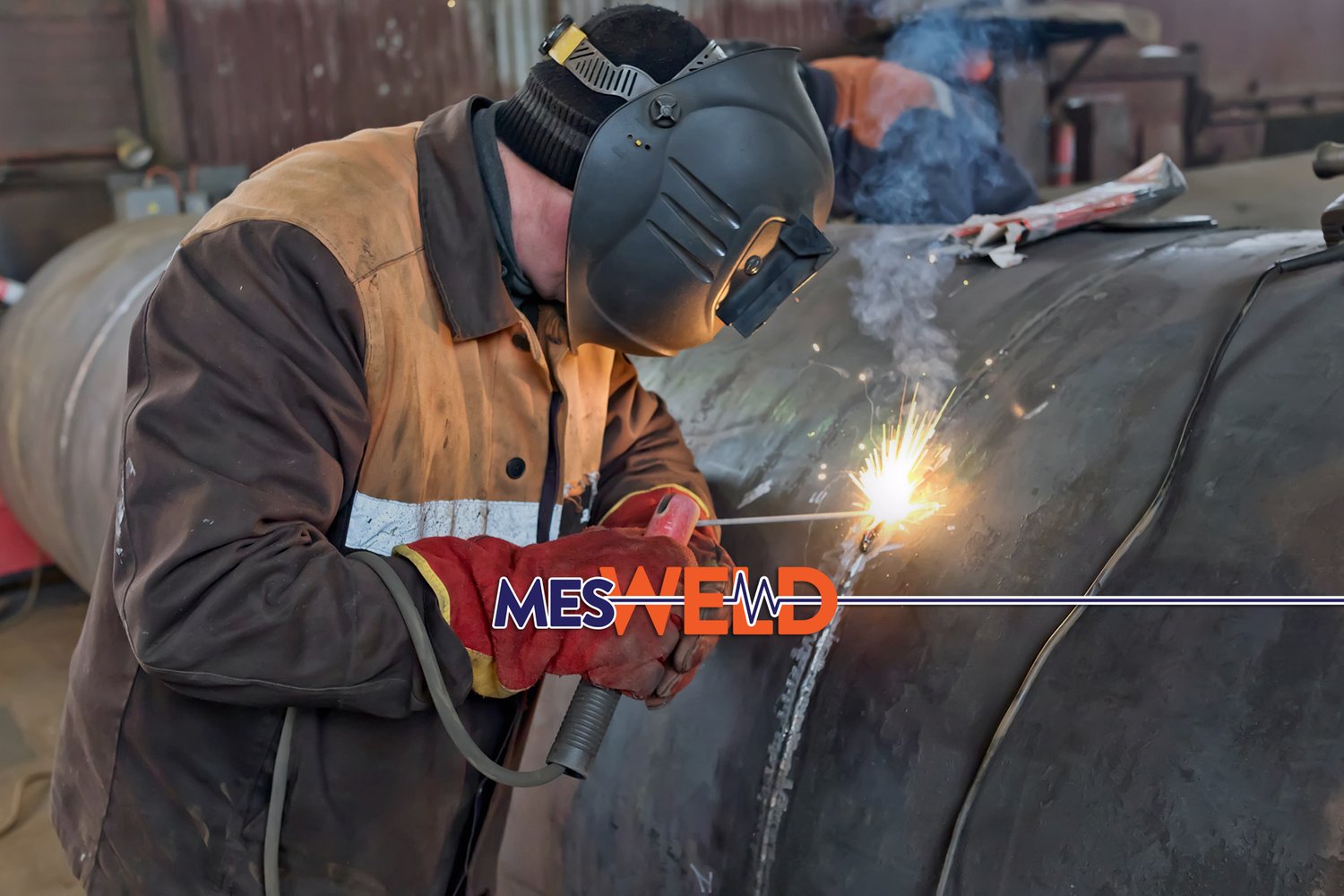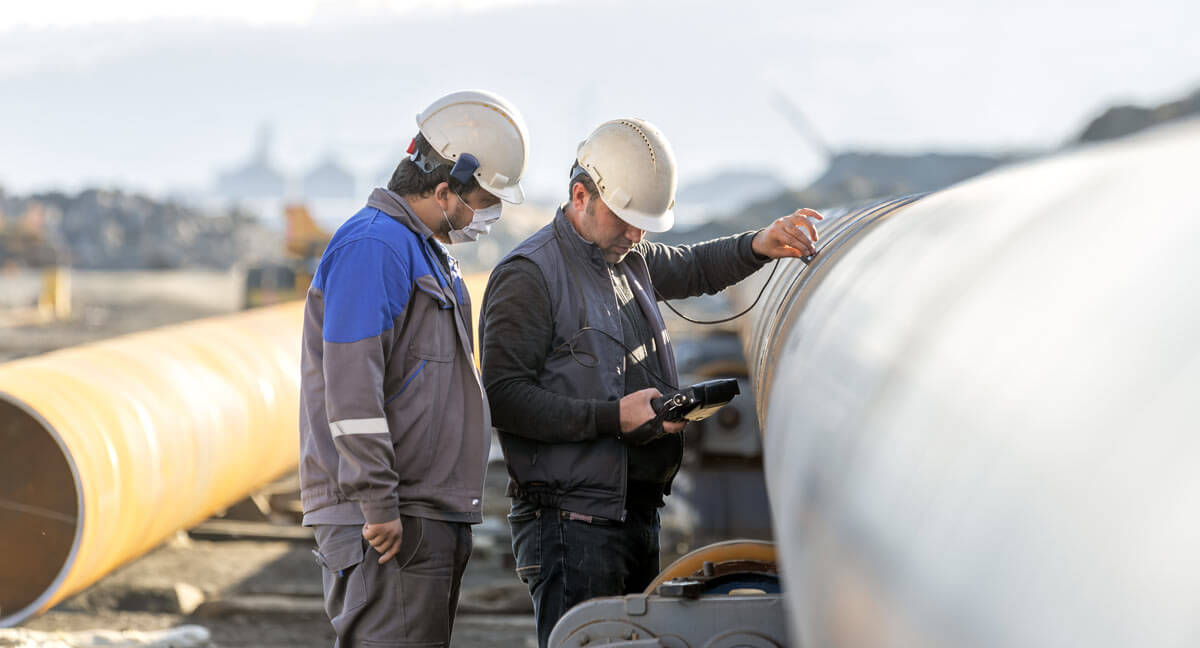A Detailed Checklist for Effective Welding Inspection Practices
In the realm of welding, the integrity of frameworks is extremely important, demanding an extensive technique to assessment practices. Checking out these crucial components can generate understandings that greatly influence welding operations.
Recognizing Welding Standards
Welding standards play a critical function in making certain the high quality and safety and security of bonded components and structures. These requirements establish the requirements for materials, treatments, testing, and assessment, thereby supplying a structure for regular quality control in welding procedures. Various companies, including the American Welding Society (AWS), the International Company for Standardization (ISO), and the American Society of Mechanical Engineers (ASME), have developed comprehensive criteria that govern different elements of welding.
Understanding welding requirements is crucial for experts in the area, as adherence to these standards decreases the danger of defects and failures in bonded joints. These criteria cover details requirements for weld quality, consisting of acceptable tolerances, the kind of welding methods to be utilized, and the certifications required for welders and inspectors.

Pre-Welding Assessment Steps
Prior to any welding procedure starts, a comprehensive pre-welding inspection is vital to recognize potential problems that might compromise the quality of the weld. This preliminary action serves as a vital foundation for guaranteeing compliance with suitable welding codes and standards.
The very first step in the pre-welding evaluation is to confirm the products being used. This includes monitoring for the proper kind and grade of metals as defined in the job paperwork. Next, it is vital to inspect the fit-up of the parts to guarantee correct positioning and joint arrangement. Imbalance can cause insufficient penetration and architectural weaknesses.
Additionally, assessing the sanitation of the surfaces is crucial; impurities such as oil, paint, or rust can negatively influence the top quality of the weld. Following this, a thorough evaluation of the welding tools need to be performed, making certain that it is adjusted and in excellent functioning problem.
Last but not least, reviewing the certifications of the welding employees is critical. Welders need to have the necessary qualifications and experience to perform the particular welds required for the task. By adhering to these pre-welding inspection actions, the probability of defects and failures in the last weld can be dramatically decreased.

In-Process Assessment Methods
In-process examination strategies play an essential function in making sure the stability and quality of welds as they are being executed. These strategies enable assessors to determine flaws or inconsistencies from specifications in real time, therefore stopping costly repair services and ensuring adherence to layout needs.
One trick technique includes visual assessment, where inspectors evaluate the weld bead for uniformity, infiltration, and correct profile. This can be complemented by the use of assesses to measure weld dimensions, ensuring conformity with predetermined tolerances. Additionally, the application of non-destructive screening (NDT) methods, such as ultrasonic screening or magnetic fragment testing, during the welding process can reveal subsurface problems that might not be noticeable on the surface.
An additional essential aspect is keeping an eye on welding specifications, consisting of voltage, amperage, and take a trip speed. Uniformity in these parameters is vital for accomplishing optimal weld top quality. Recording these specifications throughout the welding operation offers a deducible record for future referral.
Educating workers in appropriate evaluation techniques and using ideal devices enhances the efficiency of in-process examinations. By incorporating these methods, companies can attain higher quality welds, lower rework, and ultimately make certain the safety and security and dependability of welded structures.
Post-Welding Top Quality Checks
Following the conclusion of welding procedures, post-welding high quality checks are important to confirm that the welds satisfy all specified standards and needs. These checks are crucial for making sure the honesty and longevity of the welded joints. The assessment procedure commonly begins with Discover More Here a visual evaluation, assessing for surface area flaws such as splits, porosity, or incomplete combination.
Consequently, non-destructive testing (NDT) methods, such as ultrasonic screening, radiographic testing, or magnetic particle screening, may be employed to discover inner flaws that are not visible to the naked eye. Each technique original site has its distinct advantages and is chosen based upon the weld's place, product kind, and the nature of the application.
Evaluating the mechanical properties of the weld, including tensile stamina and ductility, can offer additional guarantee of performance under operational conditions. On the whole, complete post-welding evaluations are vital for preserving efficiency, adherence, and safety and security to regulative and industry requirements.
Documentation and Reporting
Exactly how can efficient documentation and reporting improve the welding inspection process? Precise documents and detailed reporting are vital components that guarantee the stability and high quality of welding procedures. Welding Inspection Milwaukee. They act as a formal record of evaluation findings, helping with liability and traceability in compliance with market criteria
A well-structured reporting system makes it possible for inspectors to plainly communicate any disparities, areas, or non-conformances calling for enhancement. This transparency promotes an environment of constant renovation, as stakeholders can easily evaluate past efficiency and execute restorative activities.
Moreover, efficient paperwork includes thorough documents such as welding treatment specifications (WPS), welder credentials, and evaluation lists. These aspects offer a structure for examining weld top quality and adherence to established standards. In the event of disagreements or top quality problems, comprehensive paperwork works as a reliable recommendation, reducing uncertainty and protecting all parties included.
Last but not least, keeping organized records helps in training and licensing employees, guaranteeing that he said market finest practices are maintained. Inevitably, precise paperwork and reporting not only enhance the welding assessment process but additionally contribute to the general safety and integrity of bonded frameworks.

Conclusion
In conclusion, a detailed list for effective welding evaluation methods is vital for making sure top quality and safety and security in welded frameworks. Adherence to established welding standards, thorough pre-welding evaluations, extensive in-process assessments, and detailed post-welding top quality checks collectively add to the stability of bonded joints. Furthermore, thorough documents and coverage of inspection findings boost accountability and help with continuous improvement. Executing these methods will substantially help in compliance with industry requirements and ultimately promote a society of quality in welding operations.
Welding requirements play an essential duty in guaranteeing the quality and security of welded frameworks and parts. Various organizations, including the American Welding Society (AWS), the International Company for Standardization (ISO), and the American Culture of Mechanical Designers (ASME), have actually developed thorough criteria that control various facets of welding.
Complying with the conclusion of welding operations, post-welding high quality checks are vital to validate that the welds meet all specified requirements and needs - Welding Inspection Milwaukee.In verdict, a detailed list for effective welding examination techniques is vital for making sure top quality and security in bonded frameworks. Adherence to established welding requirements, precise pre-welding evaluations, extensive in-process assessments, and extensive post-welding high quality checks collectively add to the integrity of bonded joints